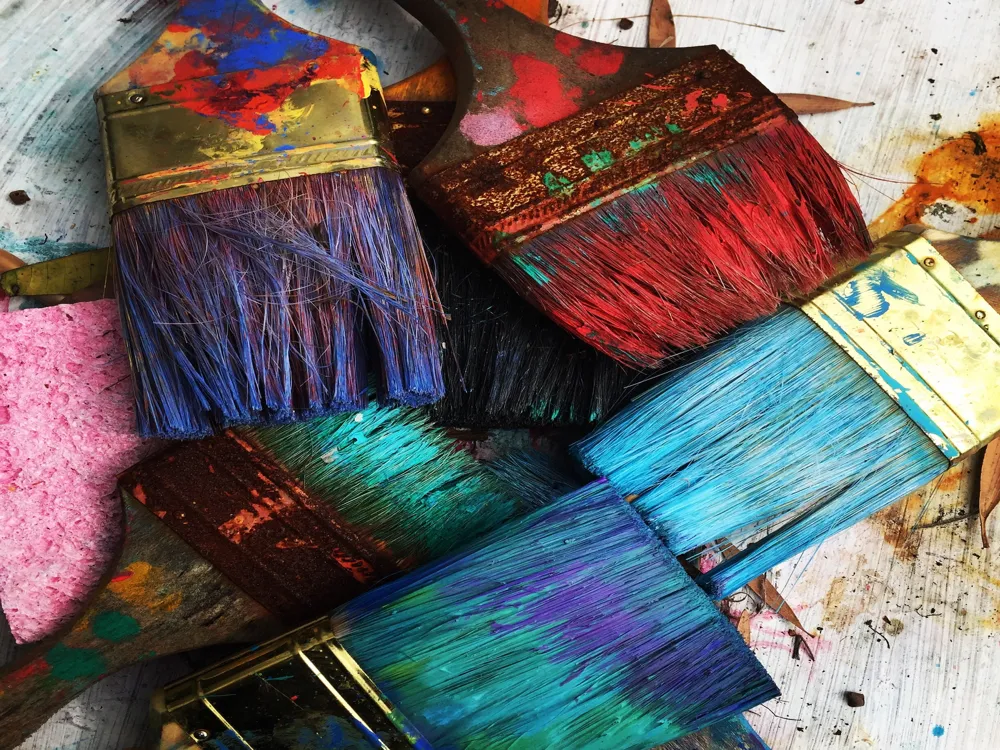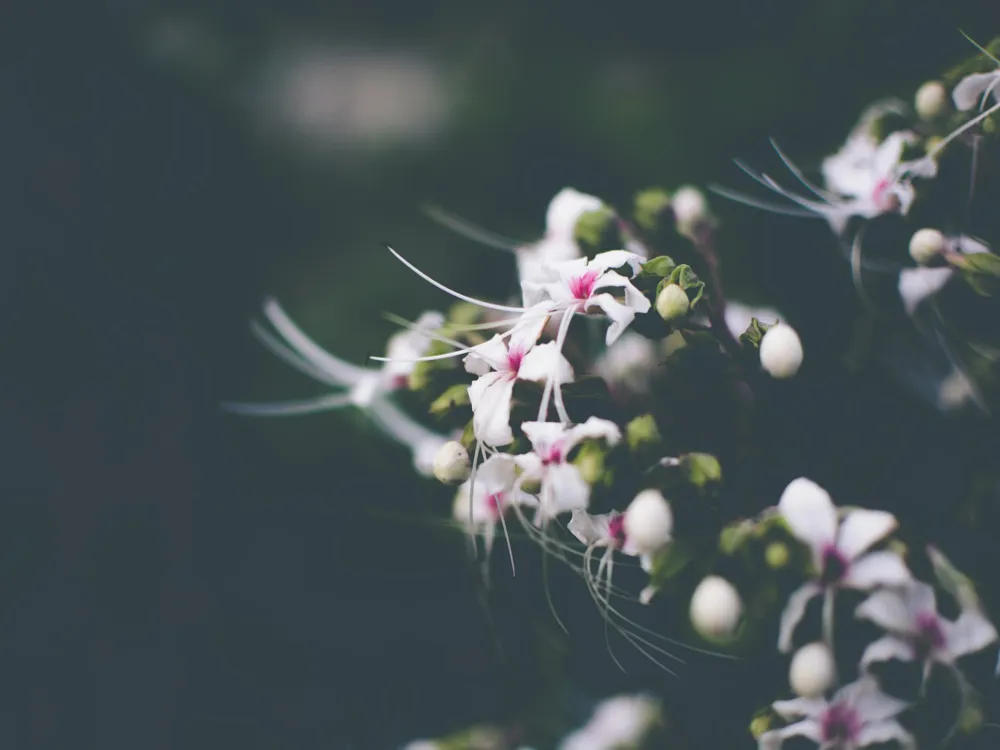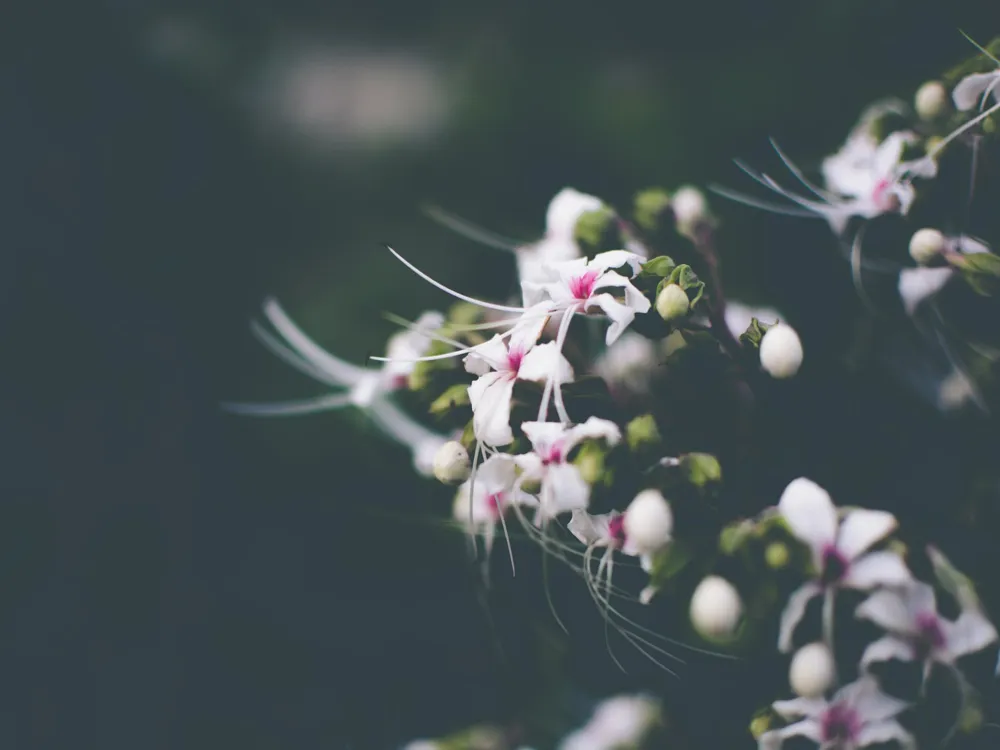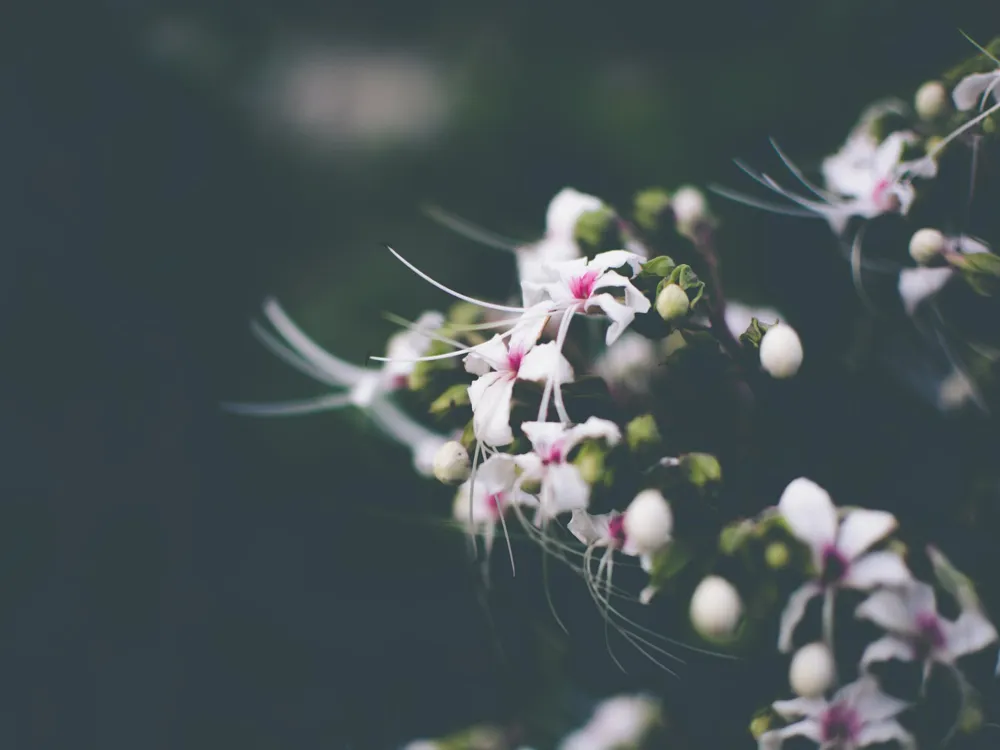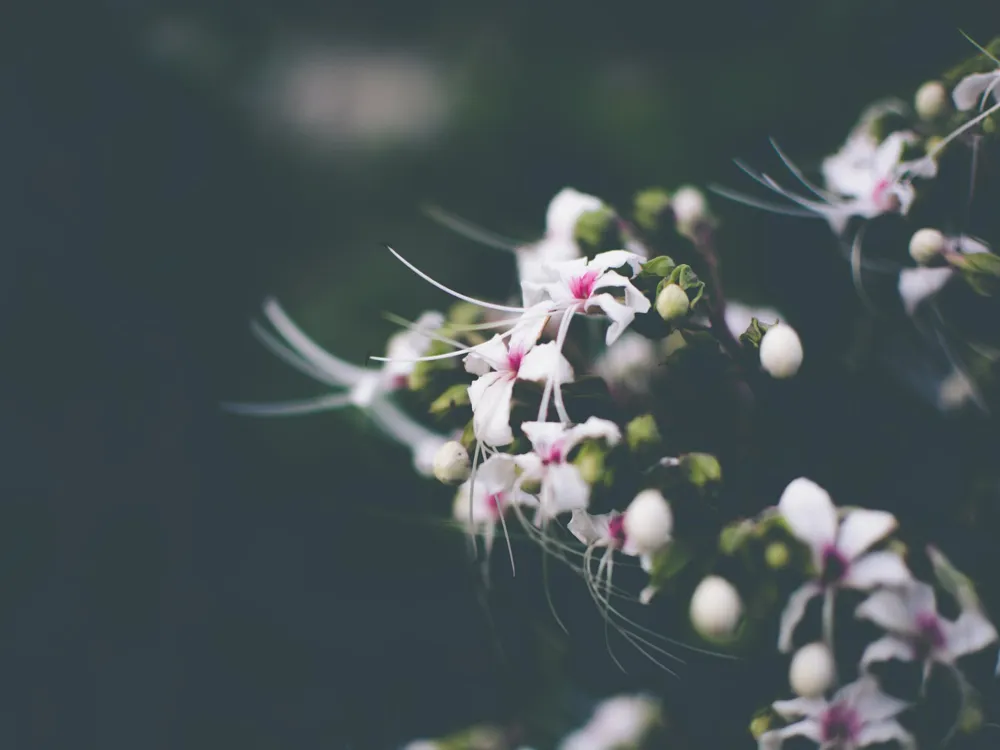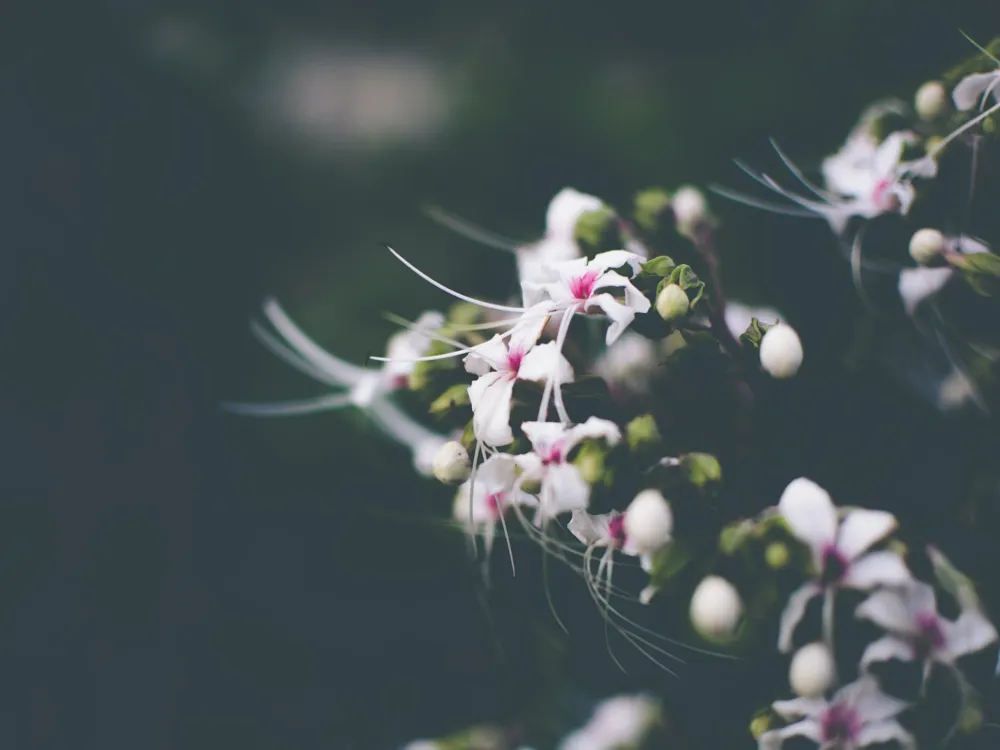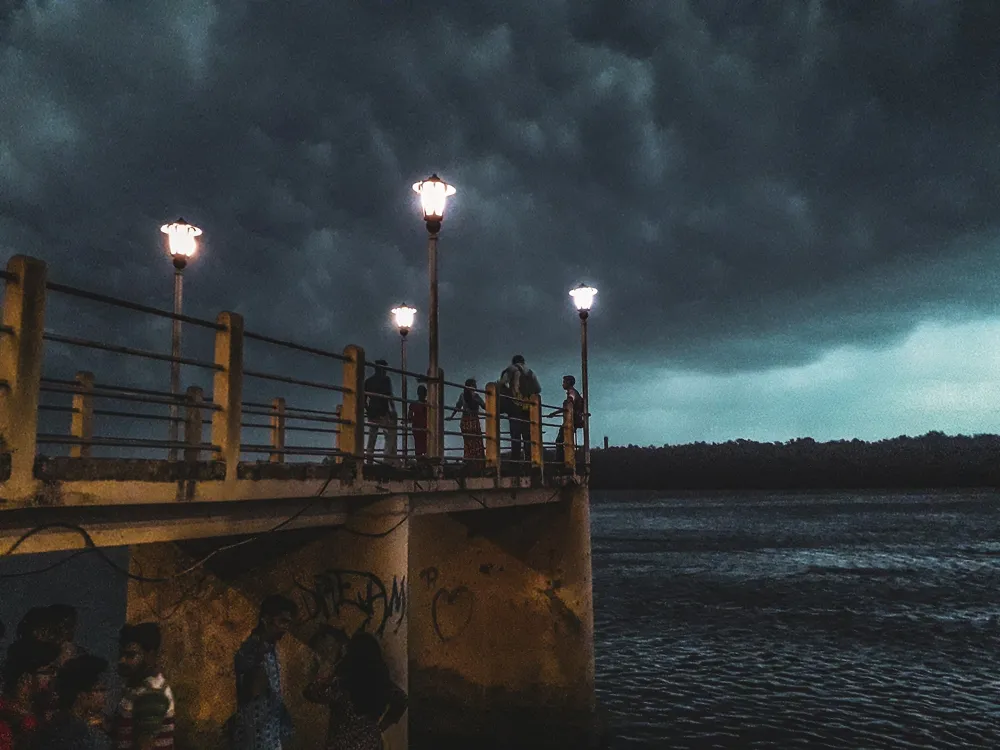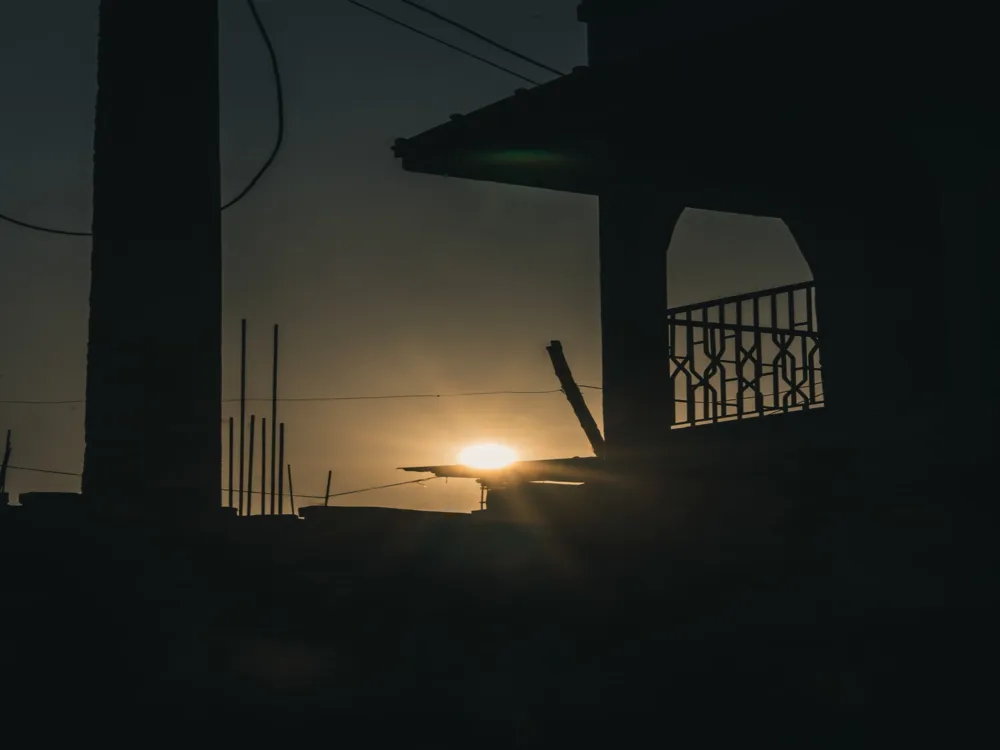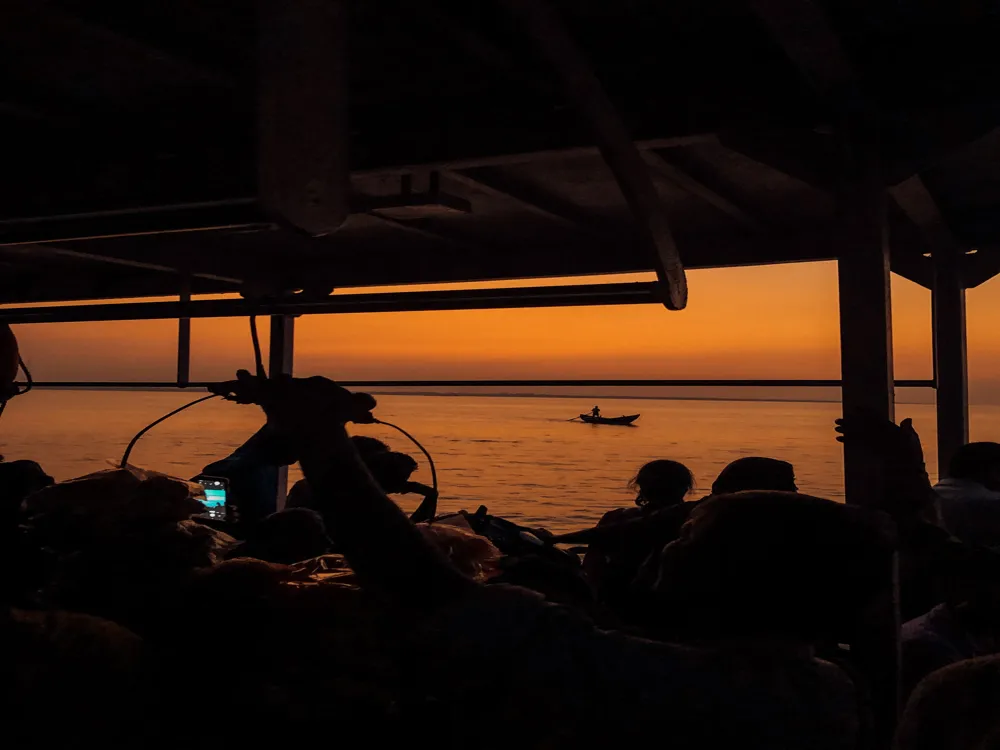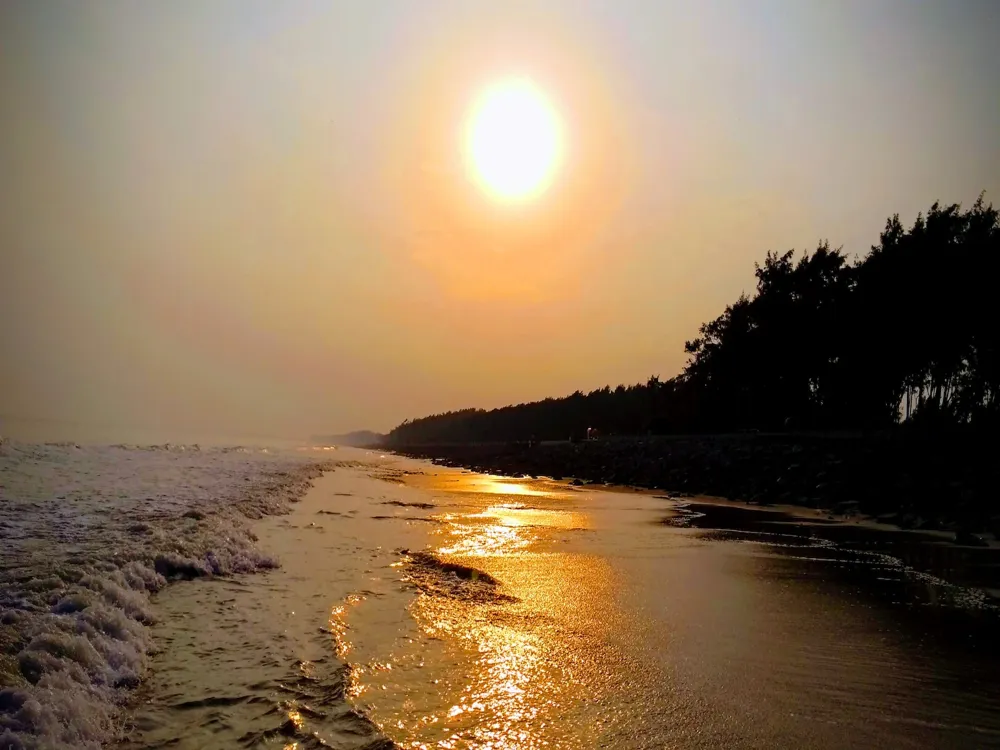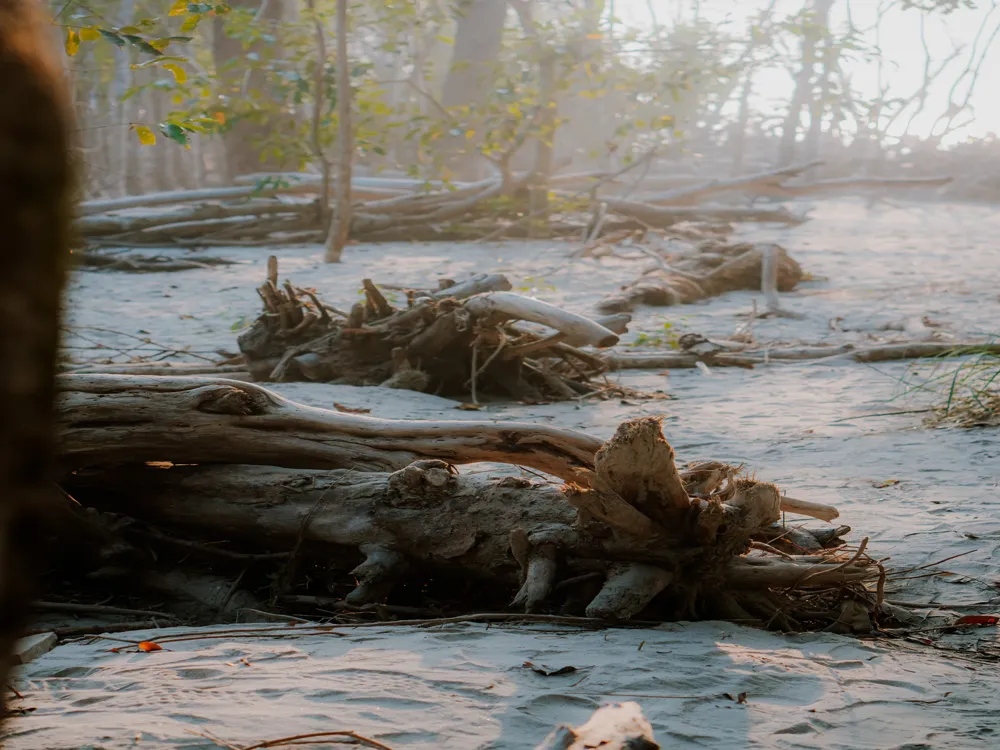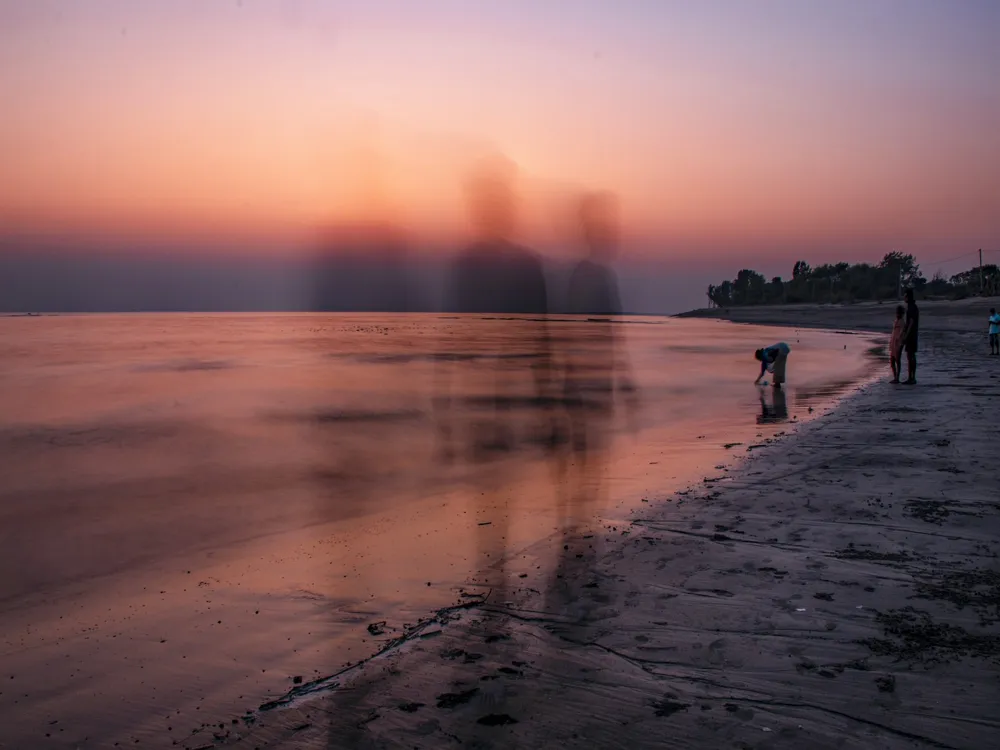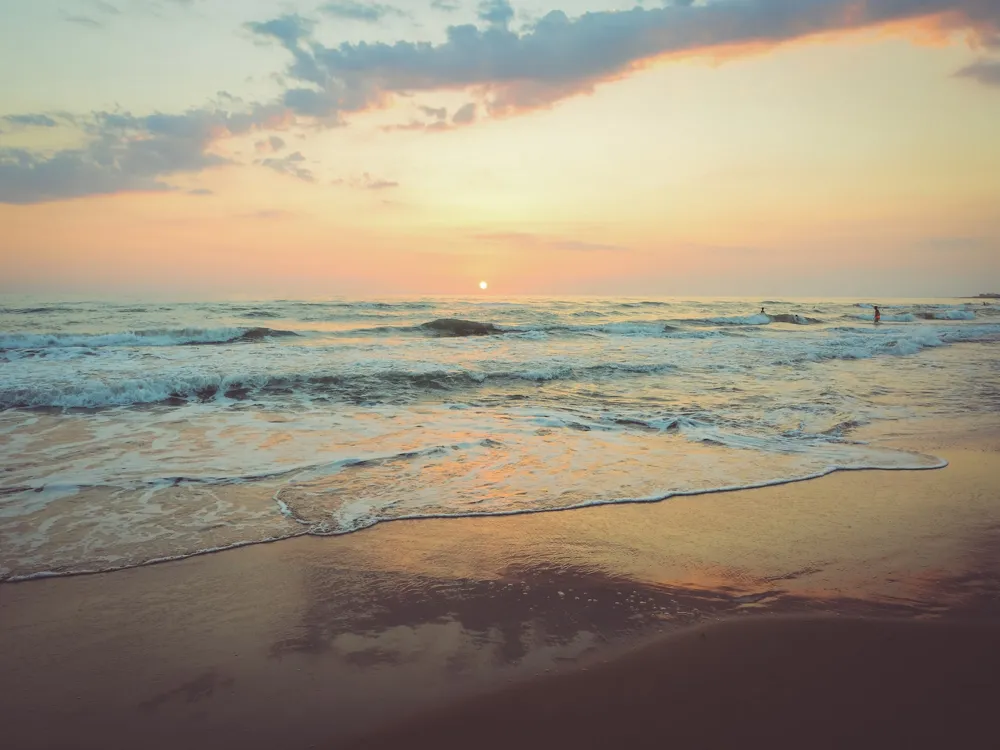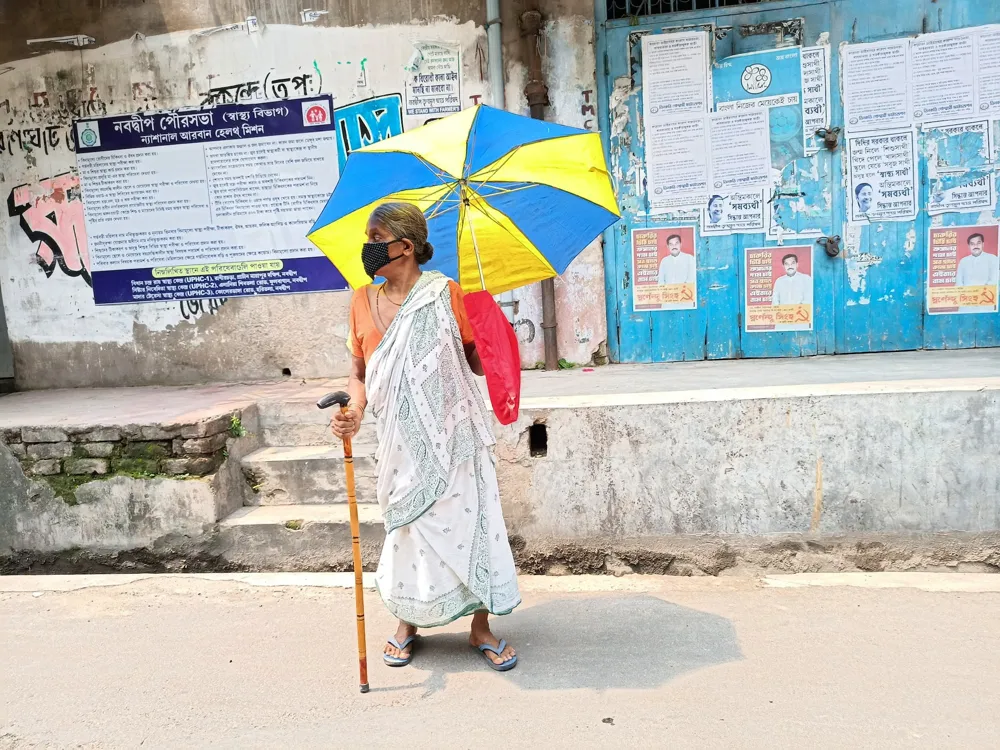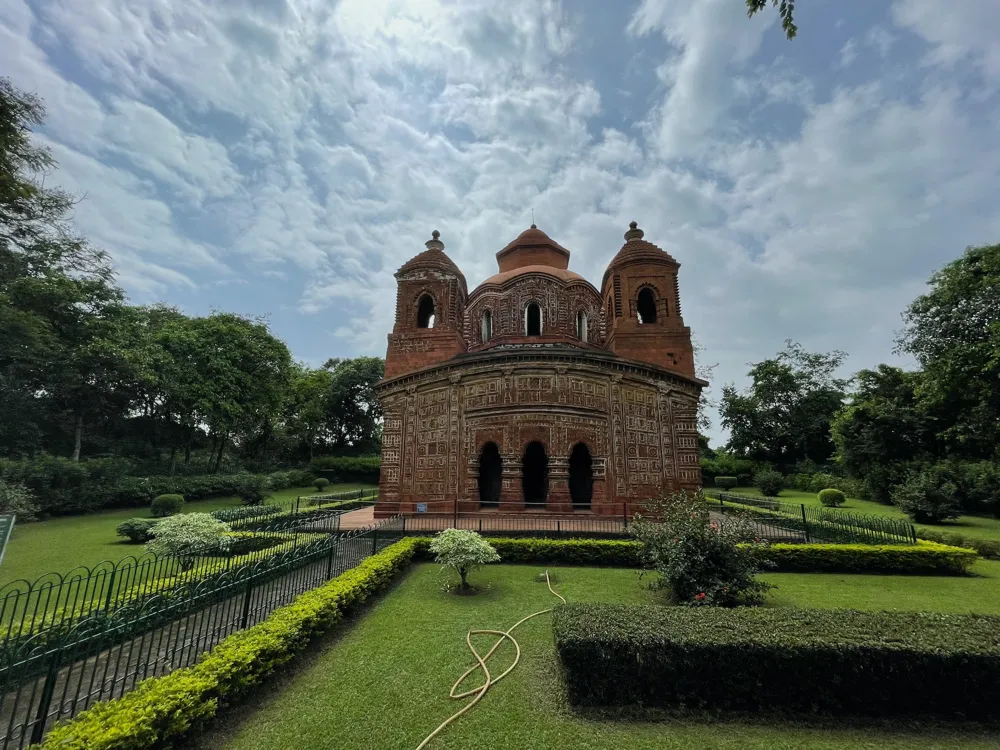Shobhabajar Rajbari, a historical and architectural marvel in Kolkata, West Bengal, stands as a symbol of the rich cultural heritage of the region. Built in the 18th century, this palatial mansion has been a witness to significant events in Indian history. The Rajbari, or royal palace, belonged to the esteemed Shobhabajar royal family, known for their influence and affluence during the British Raj. This heritage site is not just a relic of the past but also a living testimony to the opulent lifestyles and architectural prowess of Bengal's aristocracy.
The Rajbari's history is intertwined with the advent of the British East India Company in Bengal. It was built by Raja Nabakrishna Deb, a key figure in the Battle of Plassey, which marked the beginning of British colonial rule in India. Raja Nabakrishna Deb's association with Lord Robert Clive and his contribution to the colonial administration is a significant aspect of the Rajbari's historical narrative. The palace has hosted grand celebrations and has been a center of socio-cultural activities, attracting luminaries from various fields.
The architecture of Shobhabajar Rajbari is a splendid amalgamation of traditional Bengali and European styles, reflecting the fusion of cultures during the colonial era. Intricate carvings, ornate pillars, and expansive courtyards are characteristic of the Rajbari's design. Each corner of this magnificent mansion tells a story of its glorious past, making it a must-visit destination for history enthusiasts and cultural aficionados.
Today, Shobhabajar Rajbari is not just a historical site but also a cultural hub, hosting various events and festivals. The annual Durga Puja celebration at the Rajbari is renowned for its grandeur and traditional rituals, attracting visitors from across the globe. This festival is a vibrant display of Bengal's rich cultural tapestry and the Rajbari's commitment to preserving its heritage.
The Shobhabajar Rajbari is an architectural masterpiece that showcases a unique blend of traditional Bengali and colonial European styles. This grand edifice was designed and built under the patronage of the influential Deb family of Kolkata in the 18th century. The architecture of the Rajbari is a reflection of the socio-cultural milieu of the time, embodying the opulence and the artistic sensibilities of its era.
The Rajbari's design is characterized by its grandiose scale and intricate detailing. The facade of the palace is imposing, with its tall, fluted Corinthian columns and wide, arched windows. The columns support a broad entablature, adorned with ornamental motifs and sculptures that are reminiscent of classical European architecture. This fusion of styles creates a unique aesthetic that is both regal and inviting.
Inside, the Rajbari boasts of sprawling courtyards, ornate balconies, and elaborately decorated chambers. The Durbar Hall, a key feature of the Rajbari, is particularly noteworthy for its exquisite craftsmanship. Adorned with crystal chandeliers, intricate frescoes, and lavish furnishings, the Durbar Hall was the venue for important ceremonies and gatherings. The intricate woodwork, stained glass windows, and the use of marble and alabaster in the interiors further accentuate the Rajbari's architectural splendor.
Another remarkable aspect of the Rajbari's architecture is its harmonious blend with the surrounding landscape. The sprawling gardens, fountains, and water bodies add to the palatial charm of the estate, creating a serene and picturesque environment. This thoughtful integration of architecture and nature is a testament to the sophisticated design principles of the time.
The Shobhabajar Rajbari's architecture is not just about grandeur and aesthetics; it also reflects the social and cultural dynamics of its time. The layout of the Rajbari, with its public and private spaces, is indicative of the societal norms and lifestyle of the Bengali aristocracy. The intricate art and decorative elements within the palace are a celebration of the artistic talent and craftsmanship of Bengal, making the Rajbari a repository of cultural heritage.
Before visiting Shobhabajar Rajbari, it's important to plan your trip. Check the opening hours and any special events that might be happening during your visit. It's also a good idea to read up on the history of the Rajbari to fully appreciate its significance.
As a mark of respect and to maintain the decorum of the Rajbari, visitors are advised to dress conservatively. Traditional or modest attire is preferred, especially during festival times or if you're participating in any cultural events.
Consider taking a guided tour for a more informative experience. Knowledgeable guides can provide insights into the Rajbari's history, architecture, and the significance of various artifacts and sections of the palace.
Be aware of photography restrictions within the Rajbari. While photography might be allowed in some areas, it may be restricted in others, especially in the more historically significant sections. Always ask for permission before taking photos.
Remember to respect the premises by not touching or damaging the artifacts and structures. Keep the Rajbari clean and follow all rules and guidelines during your visit.
Shobhabajar Rajbari is well-connected and easily accessible by various modes of transportation. The nearest landmark is the Shobhabajar Metro Station, which is just a short walk away from the Rajbari. Visitors can also reach the palace by bus or taxi, with several routes passing through Shobhabajar area. For those driving, there is ample parking space available near the Rajbari. Additionally, for tourists staying in central Kolkata, hiring a cab or an auto-rickshaw for a more convenient journey is recommended.
Overview of Shobhabajar Rajbari in Kolkata, West Bengal
Architecture of Shobhabajar Rajbari
Tips When Visiting Shobhabajar Rajbari
Plan Your Visit
Dress Appropriately
Guided Tours
Photography Restrictions
Respect the Premises
How To Reach Shobhabajar Rajbari
Shobhabajar Rajbari
Kolkata
West Bengal
NaN onwards
View kolkata Packages
Kolkata Travel Packages
View All Packages For Kolkata
Top Hotel Collections for Kolkata

Private Pool

Luxury Hotels

5-Star Hotels

Pet Friendly
Top Hotels Near Kolkata
Other Top Ranking Places In Kolkata
View All Places To Visit In kolkata
View kolkata Packages
Kolkata Travel Packages
View All Packages For Kolkata
Top Hotel Collections for Kolkata

Private Pool

Luxury Hotels

5-Star Hotels

Pet Friendly







